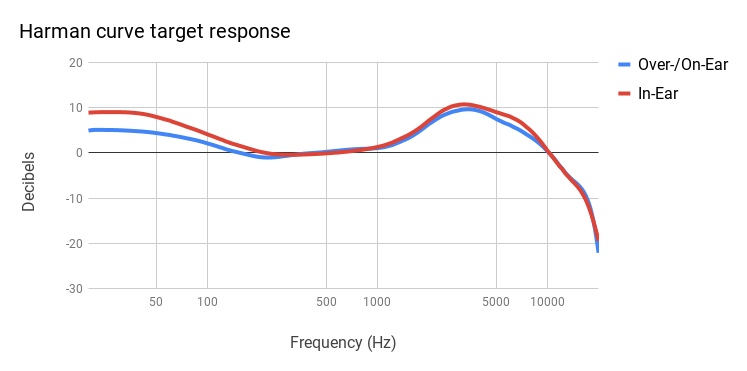ruinedx
500+ Head-Fier
- Joined
- Sep 11, 2016
- Posts
- 936
- Likes
- 1,012
Sennheiser HD600
There is also the AKG K612 Pro and I believe the Beyerdynamic TYGR 300 R (but I haven't heard them) which I believe is basically a DT 880/990 with the treble toned down.




Well what do you know, they are still sold:AKG K553/K550MKIIs, if you can find a (used) pair that is.
Well what do you know, they are still sold:
https://www.amazon.com/AKG-3280H001...os-20&linkId=c19ce9005db138af3edb72f0c45ad6fd

The bottom one is has a large sharp 3k spike unfortunately. That was their early preference response?The term "neutral" is somewhat open to interpretation btw. So you may choose to define it differently than I've attempted above.
Some other failry well-known models for a neutral response include the Harman headphone target, which represents the preferred response for headphones, based on subjective testing.

And the 2004 Olive-Welti curve, which represented the preferred in-room response of loudspeakers, measured at the ear-drum at that time.

The preferred response for headphones represented by the Harman headphone target includes a bit more emphasis in the bass than the preferred in-room response for loudspeakers in the 2004 Olive-Welti curve.
The Harman target is only useful for rough approximation purposes in the treble though, due to the different measurement system use for those curves.
The bottom one is has a large sharp 3k spike unfortunately. That was their early preference response?

HD600 or DT880(600 ohm) would seem to be the general consensus, just make sure they're amped properly.

